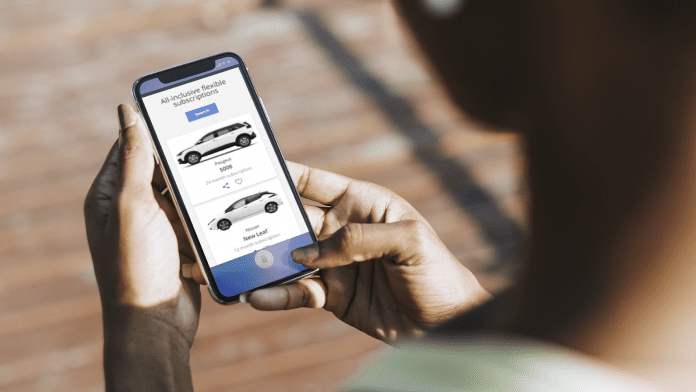Picture this: you’ve just moved into your dream home, complete with a state-of-the-art kitchen. But you’re stunned to learn there’s an extra monthly fee to use the stove. It’s installed and ready to go, yet it’s not included in the house price. You can almost hear your gasps of frustration.
Well, that’s the reality for many new car owners. They buy a vehicle, only to find out later that some features they thought were part of their purchase are subscription services. More and more built-in car features, such as advanced safety systems or performance options, are being monetized, reshaping the terrain for consumers and dealerships.
And, just to be clear, we’re not talking about those subscription models where you can swap your ride every month. No, we’re talking about EV or ICE vehicles sold today with features that are becoming recurring revenue sources for OEMs. And it’s not just about the tech and rise of EVs. There’s customer demand for customization and, of course, the prospect of steady income for automakers.
Consumers might even cheer on subscriptions if it brings new functionality to older models. However, they’re less likely to celebrate if it means shelling out for what used to be standard.
Remember the backlash when BMW offered the use of heated seats for an $18-per-month charge in some markets? People accused them of greed. The incident taught us there’s a tightrope to walk when it comes to monetizing in-car features, and one misstep can bruise a brand’s reputation.
Benefits: The Siren Song of Steady Revenue
The allure of a new, recurring revenue stream for OEMs is undeniable. Sell a service many times over, or a car just once? It’s a no-brainer. But dealerships face a potential issue. OTA software upgrades may mean $1.5 billion in savings for OEMs by 2028 because the car owner doesn’t need to visit the dealership, which might translate to lost OEM pay for the upgrade and decreased customer contact.
Without a fresh OEM/dealership agreement, dealerships risk losing income, profit margins, and possibly that crucial customer relationship. The automakers’ gain from subscription services could supplement profits for dealerships, particularly during slower sales periods, but only if dealerships are included in the equation.
Drawbacks: Added Value or Added Cost?
There’s a potential downside, too. Customers may feel they’re being squeezed for services they believe should be included in the purchase price—especially with prices rising. If the stove’s already installed, why should they pay extra to cook dinner?
And, with OEMs offering direct subscriptions, dealerships may find their unique value proposition being eroded. If all the shiny extras come straight from the manufacturer, where does that leave the dealerships?
Dealer Response: Navigating the New Normal
Dealerships are survivors. They’ve adapted to countless changes in the past, and they’ll likely rise to this challenge, too. However, the advent of subscription services represents a new kind of hurdle. Sure, it’s a potential additional revenue stream, but it’s a significant departure from the traditional sales model.
The trick will be incorporating these new revenue streams while adding unique value to the customer experience. Dealerships might offer tailored subscription packages, value-added services during ownership, or foster a sense of community. They’ll find a way to stay relevant.
One thing’s for sure: open lines of communication are key. Dealerships and OEMs must work together to maximize the benefits of subscription services and minimize the drawbacks. The end game is to deliver an exceptional customer experience while keeping the bottom line healthy.
In the subscription era, it’s not just about offering more—it’s about offering better. The dealerships that recognize this are likely to be the ones who surf this wave to success.



